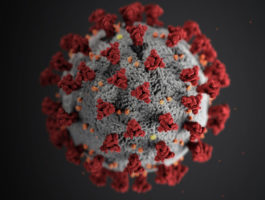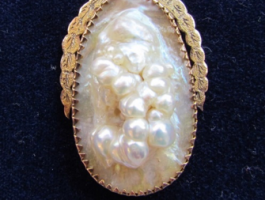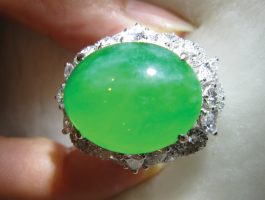AG Article: Artificial Colour in Diamonds
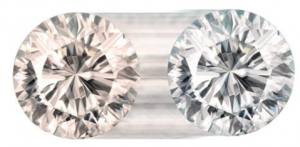
Title: Artificial Colour in Diamonds with a focus on HPHT Treatment of Natural Diamonds
Author: Monica C. Casamento FGAA CPAA DipDT
Introduction: Since the 1930s, colour enhancing treatments have been commercially carried out on both natural and synthetic diamonds. From coloured dyes and surface coatings to irradiation, annealing and High Pressure High Temperature (HPHT) treatments, all enhancements aim to improve the gem’s overall colour, value and profitability (GIA, 2020).
With certain types of diamonds, HPHT treatment alters existing colour centres, mimicking the natural formation process by subjecting them to high pressures (60kbar) and temperatures (>2000°C). Depending on the type of diamond and colour of the starting material, HPHT targets particular impurities in the atomic structure. This either enhances or lightens existing colour by repairing the dislocations within the lattice and whitens some types of diamonds, or produces optical defects to create fancy colours in other types of diamond (Overton and Shigley, 2008).
The application of HPHT treatment is an achievement in the scientific study of diamond technology. Today, so-called ‘fancy’ coloured pink, blue and green diamonds in their natural state are still generally prohibitive in price, and the creation of affordable, fancy coloured diamonds, by artificial means is seen as a positive outcome by the diamond market. Detailed studies have shown that colour and structural similarities between colour-treated and natural diamonds require complex detection techniques to positively identify HPHT-treated and their untreated counterparts (Dobrinets et al., 2013).
Such treatments must be disclosed to the potential buyer and an issue will only arise if this disclosure is concealed. Whether deliberate or unintentional, failure to disclose permanent treatments causes a negative impact on the entire gem industry and affects all parties involved including traders, vendors and customers (Overton and Shigley, 2008).
In many cases, reliable origin determination involves critical analysis using advanced instrumentation that is only accessible through specialised gemmology testing laboratories. Fortunately, further research has clarified that there are certain indicative features for both HPHT-treated diamonds and untreated diamonds, and these identifying features along with their differences are exploited during detection (Dobrinets et al., 2013).
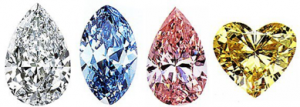
FIGURE 1: BELLATAIRE™ HPHT-TREATED DIAMONDS (CUNNINGHAM, 2011)
Read the full article in the June 2020 Issue of the Australian Gemmologist. Members of the Gemmological Associate receive copies of the journal free of charge – find out more about becoming a member today. Need a copy of the issue? Please contact the Editor.

